The Dhofar, in Southern Oman, is a land of exotic and extreme contrasts. It is a vast, barren region of endless gravel plains, which merge into the largest sand desert in the world, the Rub' al Khali, or Empty Quarter. A world of tribal bedouin custom, breathtakingly majestic sand dunes, which stretch for thousands of miles and ancient lost cities. However, in stark comparison, there also lies a fertile swathe of coastline, made verdant by the 'khareef' or summer monsoon. Here you find lush, green, gentle rolling hills, where cows and camels graze side by side and waterfalls tumble over rocky precipices.
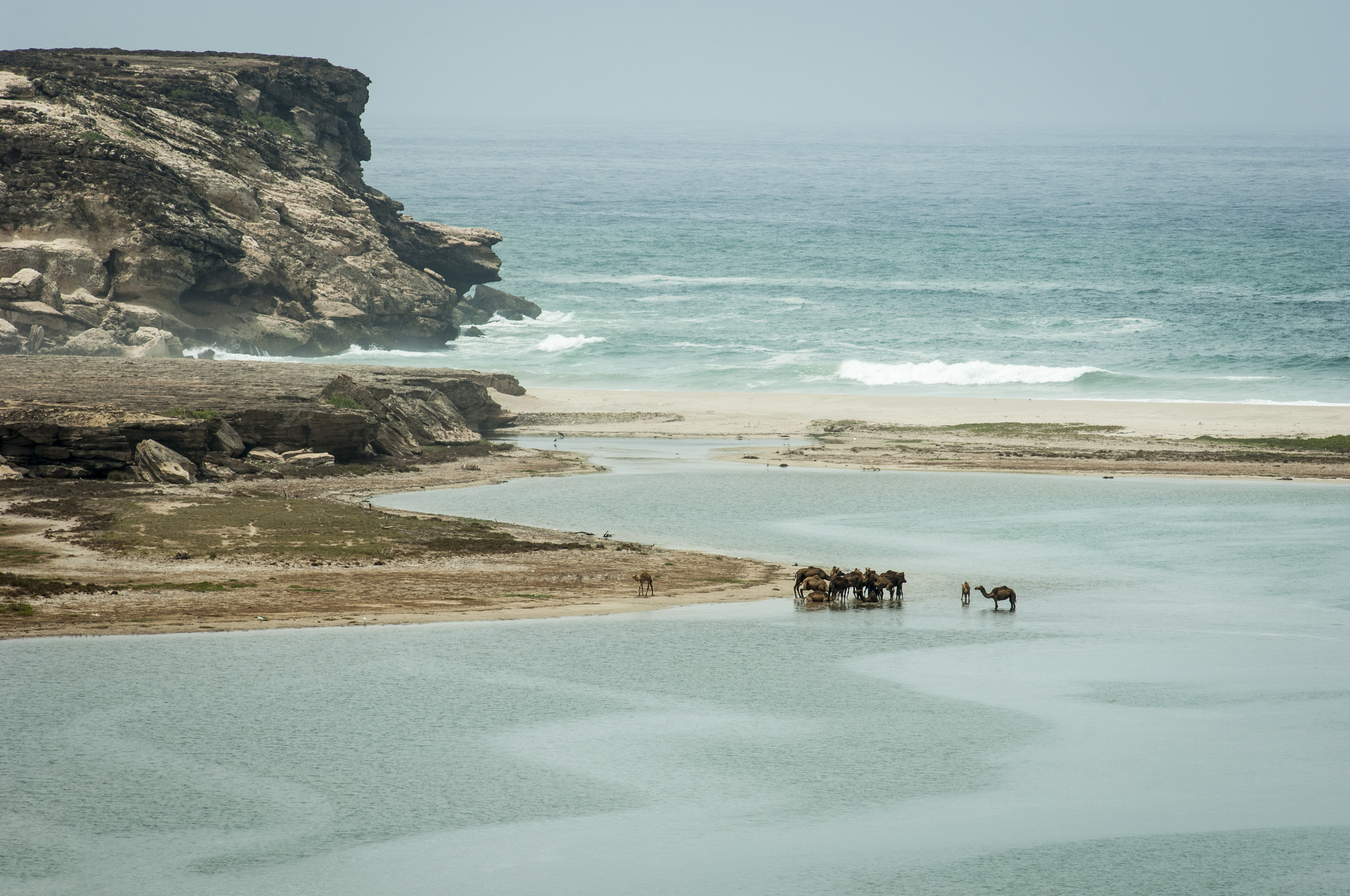

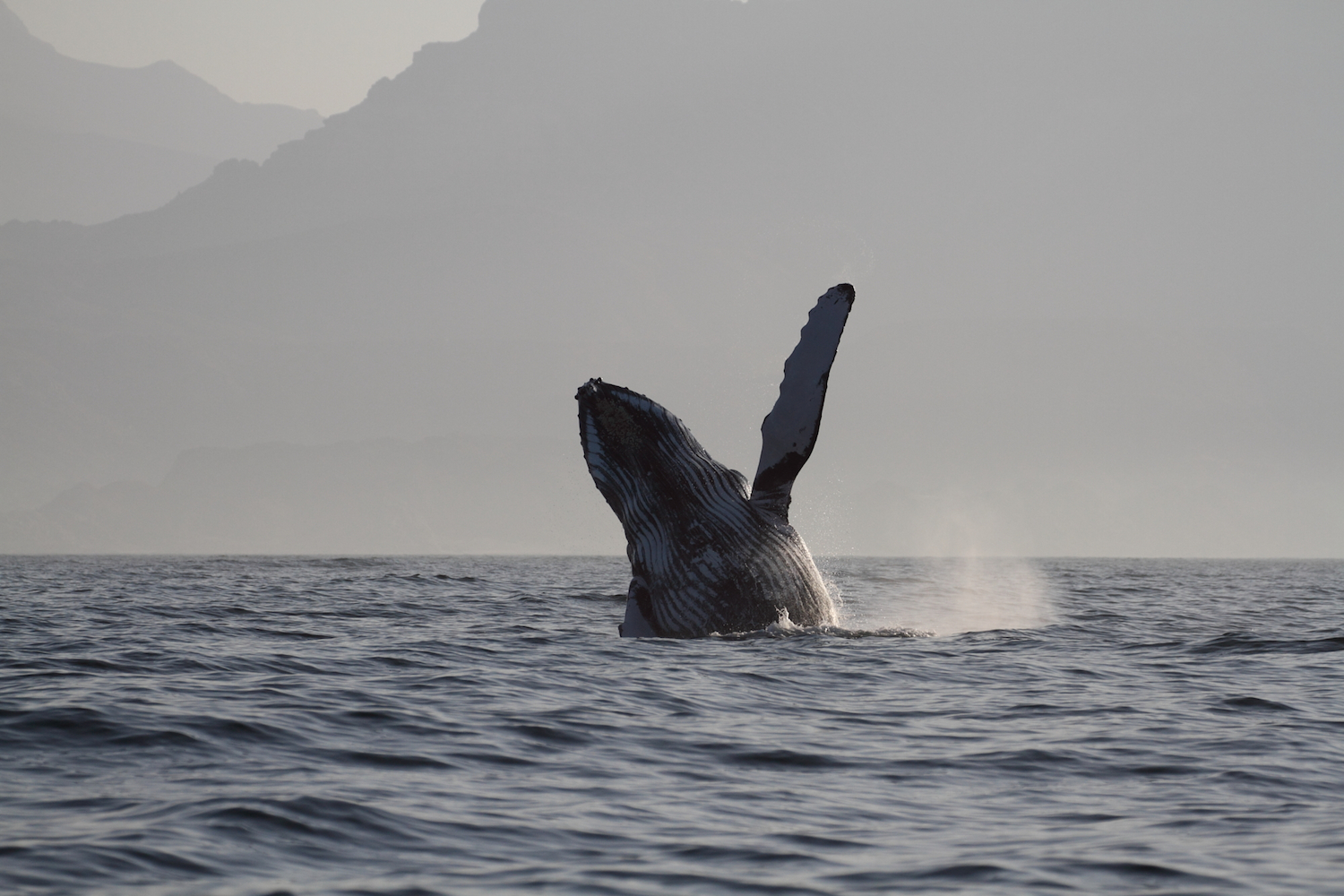

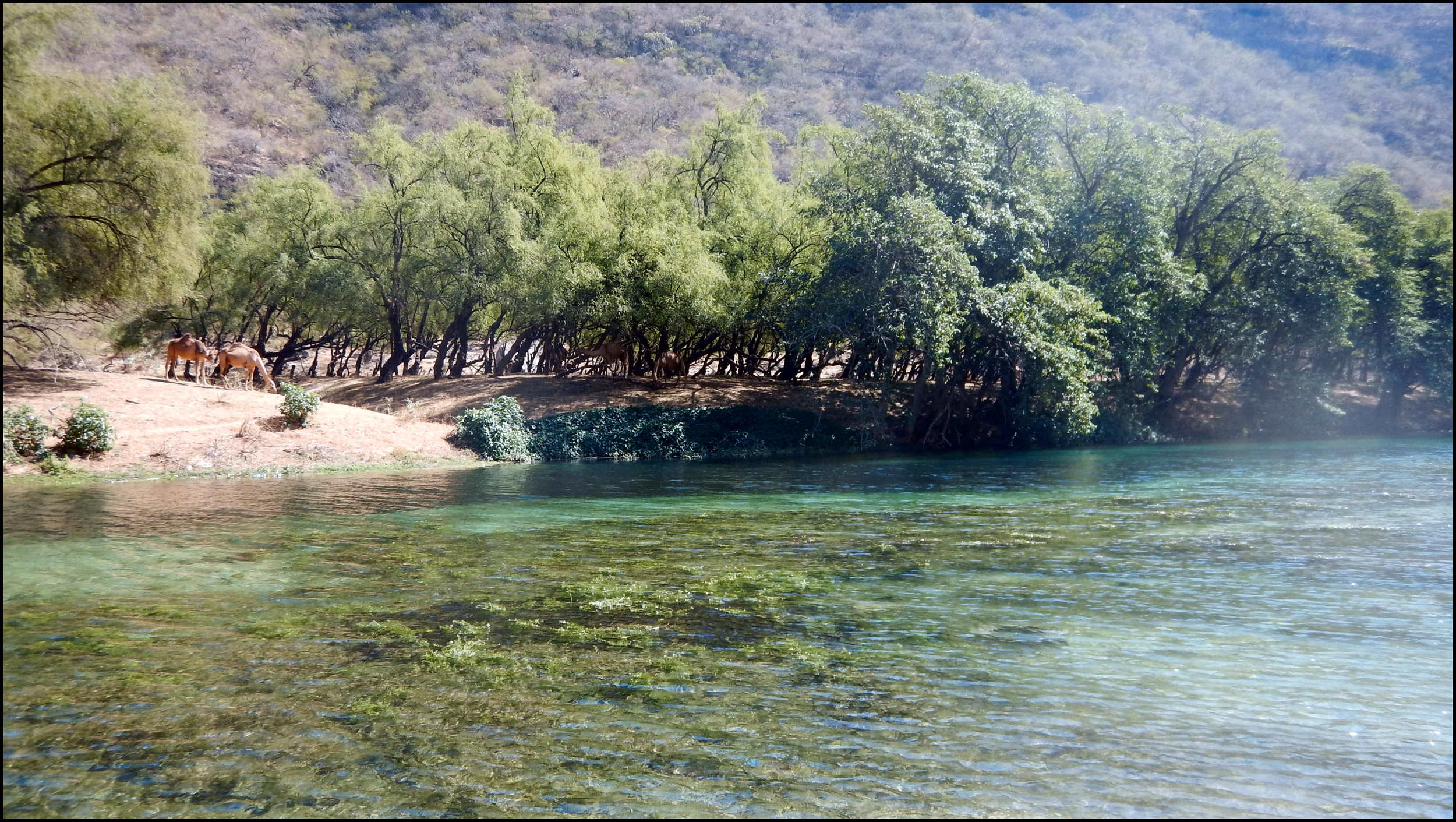

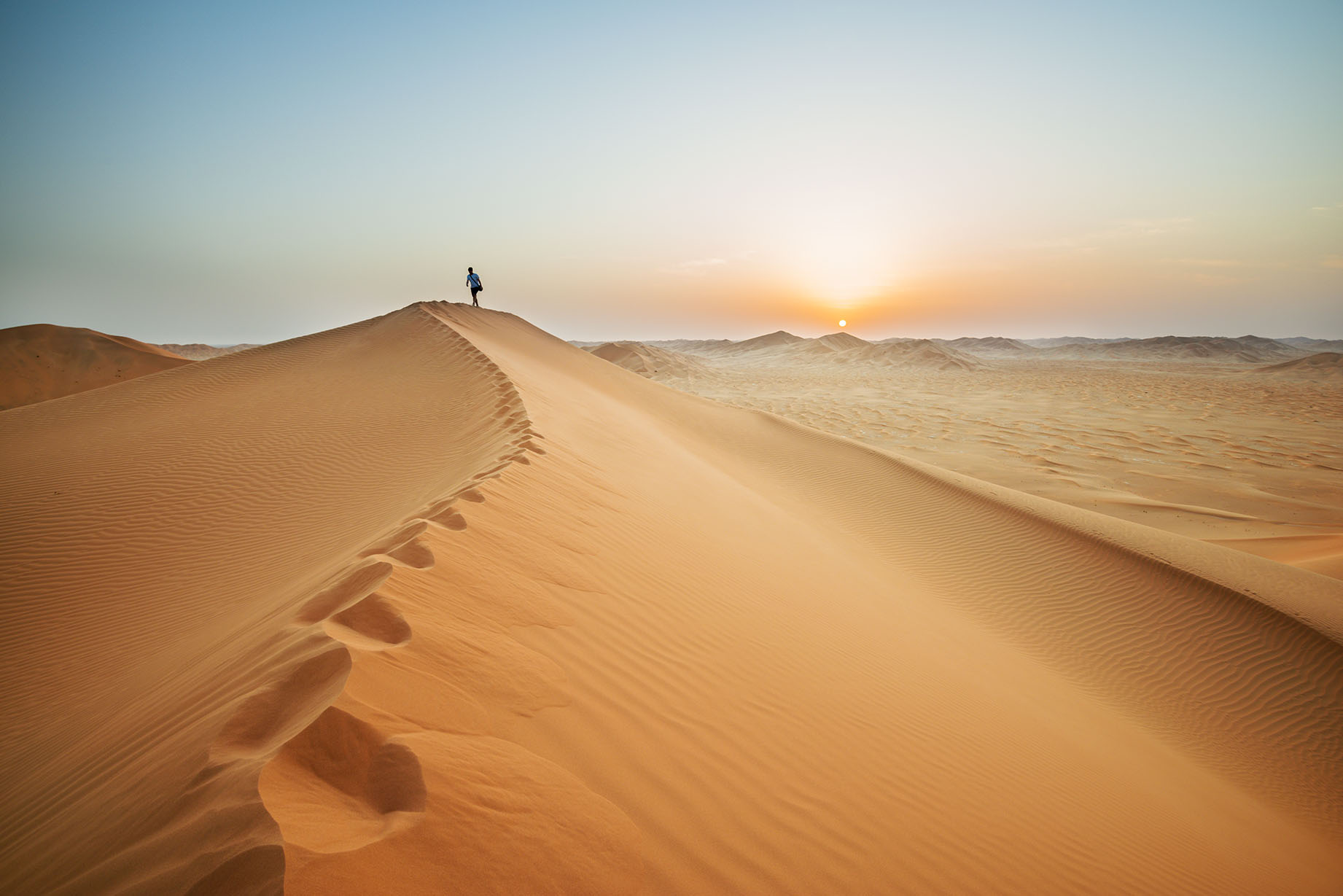
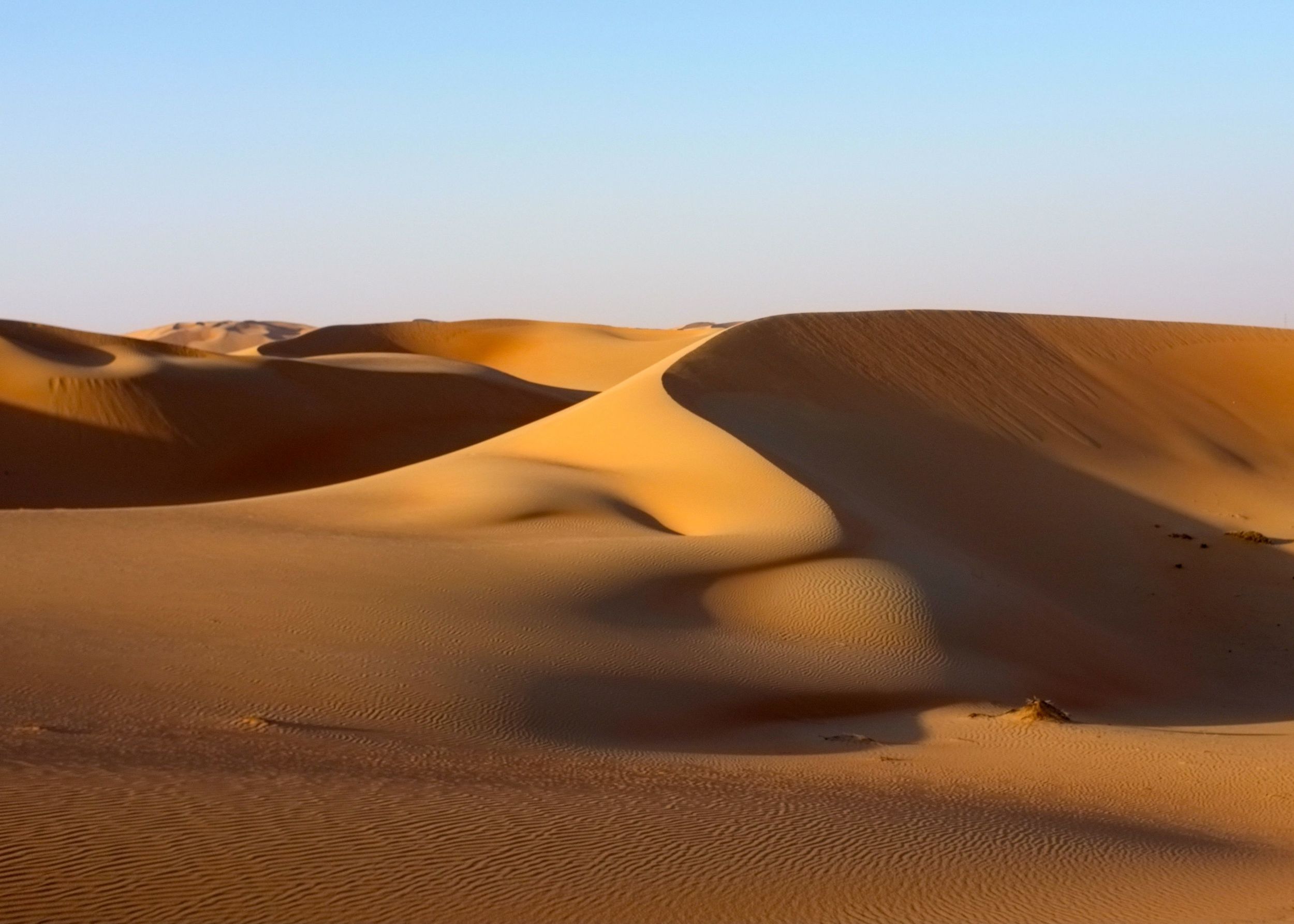

This is the fabled land of Arabia Felix, 'Arabia the Blessed', with its ancient frankincense trade, camel trains, precious trees, expensive resin and beguiling incense. In antiquity, the demand for frankincense harvested here, made Southern Arabia an integral part of the global economy, with shipping connections to India, the Mediterranean and the Silk Road. The ruins of Samharam, the most important ancient frankincense port of South Arabia, built in the 2nd Century AD, lie on the banks of Khawr Ruri, the largest lagoon in the south. Today the Dhofar remains the only region of the world, where the precious tree is widely grown.
The Dhofari Capital of Salalah, has an air of East Africa about it, with its wide beach, sand-strewn corniche and tropical plantations of coconut palms, banana and papaya trees.
Southern Oman's dazzling, white beaches and turquoise lagoons, are rich in exotic species of bird and the region boasts abundant marine life. It is also home to the last stronghold of the Arabian Leopard, which finds refuge in the mountaInous and pristine Jebal Samhan Nature Reserve.
